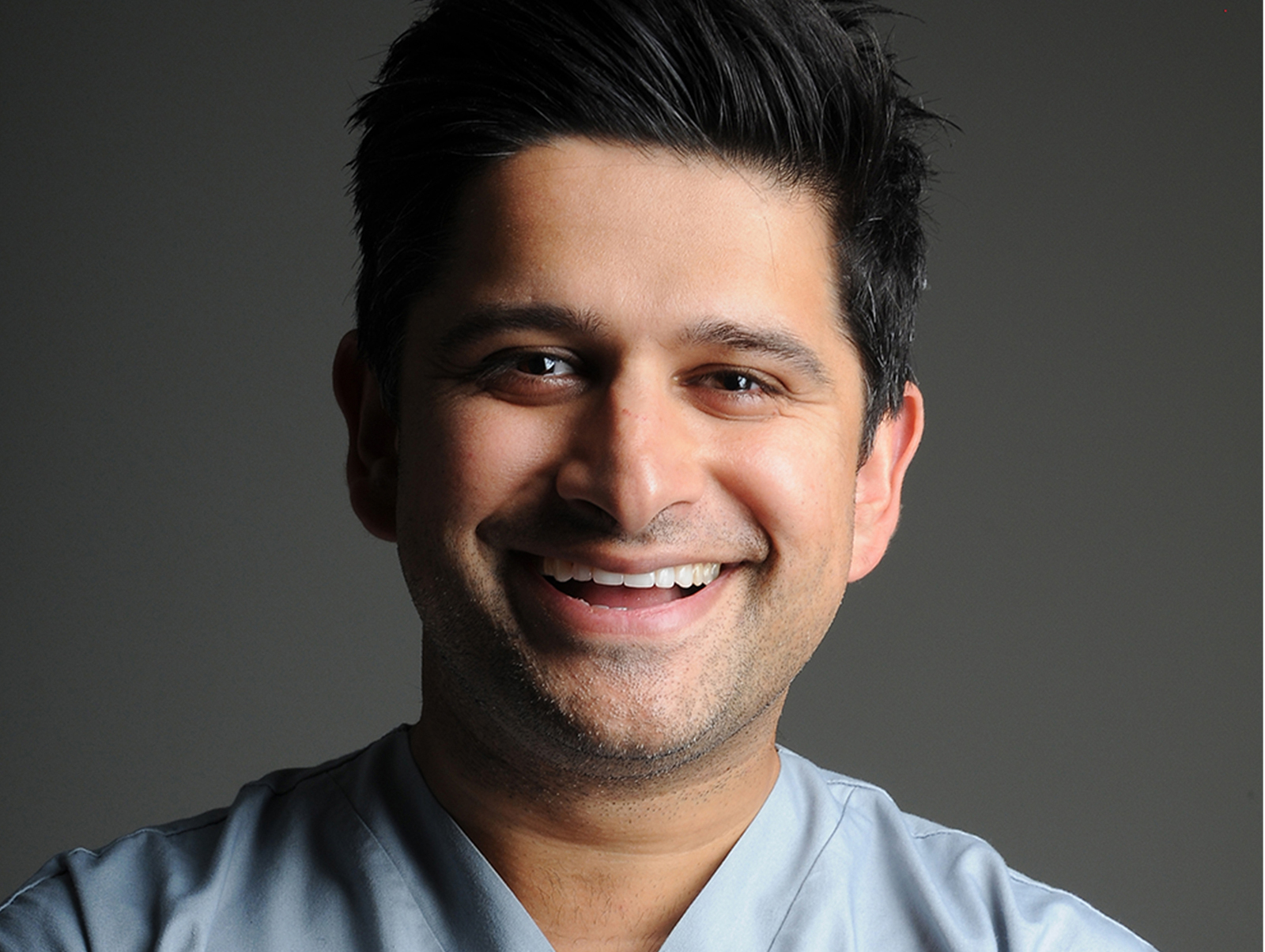
On Saturday, 3 November, Align Technology will be hosting its annual GDP Forum in London. Dentistry.co.uk speaks to Dr Monik Vasant to get an insight into his forthcoming lecture
You are going to present at the Invisalign GDP Forum, what are your main lecture objectives?
MV: I would hope that delegates will recognise how our profession has truly evolved and see the many opportunities it now brings about. This forum will look at the future trends for GDPs with tips and tricks about how to master minimally restorative dentistry and smile design with the Invisalign system. We will go through the benefits of digitising the dental practice and cover simple steps that help improve workflow and develop an optimal patient journey.
What changes have you witnessed in the last decade of dentistry and how have they changed the way you practice? Which key milestones which have led to a step change in dentistry?
There has been a massive influx of technological advances in dentistry. Over the last few years in particular, practitioners have really begun embracing technology which meant that the rules of traditional dentistry started to change.
I am not saying that this was a sudden shift, actually if we look at CEREC, they are already celebrating their 20th year, and the iTero intraoral digital scanner is seeing a third generation of doctors, but all this is now becoming more mainstream: More practitioners adopt these new trends as the technological benefits appear more obvious as technology offers more refined and much more predictable treatment outcome.
A bit like the now-iconic ‘iPhone’ which, since its arrival in 2007, has matured into an indispensable life organiser and entertainment device, the evolution of comprehensive dentistry took time to get to where we are now. There were not, in my view, any specific milestones and it was more the cumulative effect of events happening all at once.
With the increased awareness of risks and a boom in minimal invasive techniques, we also witnessed more scanners, better composite materials, a better knowledge of bonding. So the ship gradually gathered momentum and became more mainstream.
What future trends do you foresee for GDPs?
We have gradually seen more treatments performed by GDPs which may have been previously reserved for specialists with advanced skills. Dentists were used to refer out, but technology has enabled them to work more predictably and this is why they do more endodontics, implants etc.
The key is technology and good training. Furthermore, with NHS funds drying up, career progressions have taken a different dimension and doctors do need to skill up and we find that dentists are more enthusiastic about CPD as opposed to them ticking CPD boxes.
Minimally invasive dentistry and digital smile design will be a key focus at the Forum. What’s your take on these, and what are the key messages you plan to deliver?
Digital smile design has taken phenomenal strides around the world looking at patients’ profiles and helping with predictable design of patients ‘faces. What a fantastic starting point, like entering a destination into a ‘satnav’. This gives dentists the right tools to work towards that perfect smile without damaging teeth like we used to or without doing something irreversible.
How has digital intraoral scanning (such as iTero) changed the way you practice?
There are so many positives with this: first and foremost, it is more comfortable for the patient, by having a scan on file, you do not need to bring them back for impressions and dentists are also able to regularly monitor the conditions of their teeth over time. Digital intra-oral scanning streamlines the workflow, less manpower dependent and more flexibility for everyone.
How has Invisalign and iTero changed the patient treatment experience? And the dentists?
With brackets and wires there are so many unknown risks and potential complications, so having improved predictability of orthodontics outcomes thanks to the Invisalign system is just remarkable. It also means a lot less emergencies, which are painful to manage, so ultimately it translates into less surgery time, simpler procedures, and patients get an overall better experience. Plus, the consent process is so much easier since patients can see their outcome before the end.
Dr Monik Vasant is a highly experienced clinician with a special interest in minimally invasive aesthetic dentistry. He has trained under many of the worlds leading clinicians and has a postgraduate masters in aesthetic and restorative dentistry. He is the director of the Freshdental clinics with sites in Central London and Greater Manchester. He lectures globally on many aspects of minimally invasive aesthetic dentistry with a specific interest in adhesive dentistry. His two-day composite masterclass course ‘Totally Composite’ is one of the leading courses of its type and is held throughout the UK and internationally. He also runs a year-long postgraduate course on all aspects of minimally invasive aesthetic dentistry entitled ‘Totally Aesthetics’. He is a global key opinion leader for several dental companies and a clinical speaker for Align Technology focussing on the Invisalign system. He has appeared several times in the UK print media and television. He has also authored his own book Smile Art and contributed chapters in all three versions of the ‘Messages from dental masters’ book series.
For more information about the GDP Forum, please click here.
Links: https://alignerconsulting.com/


